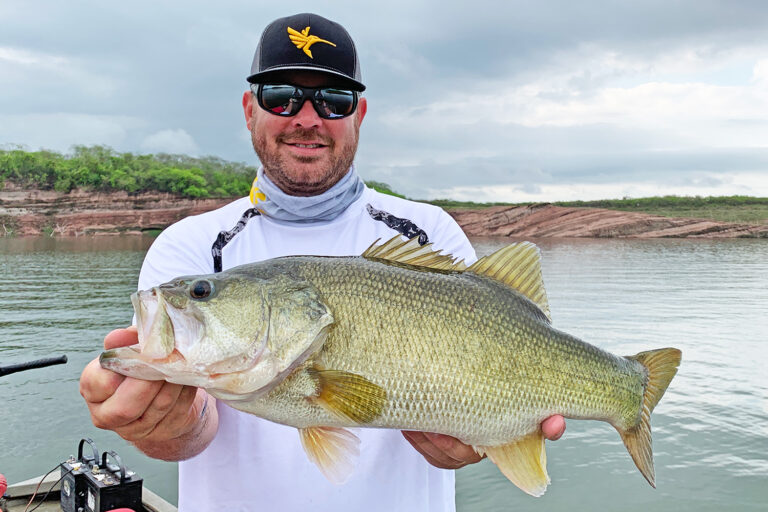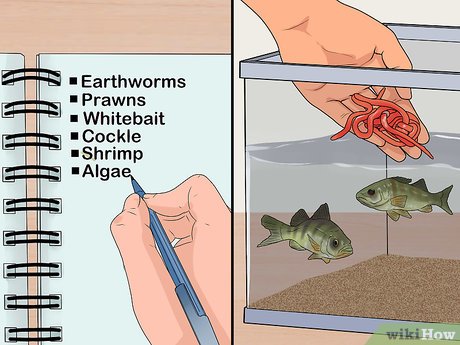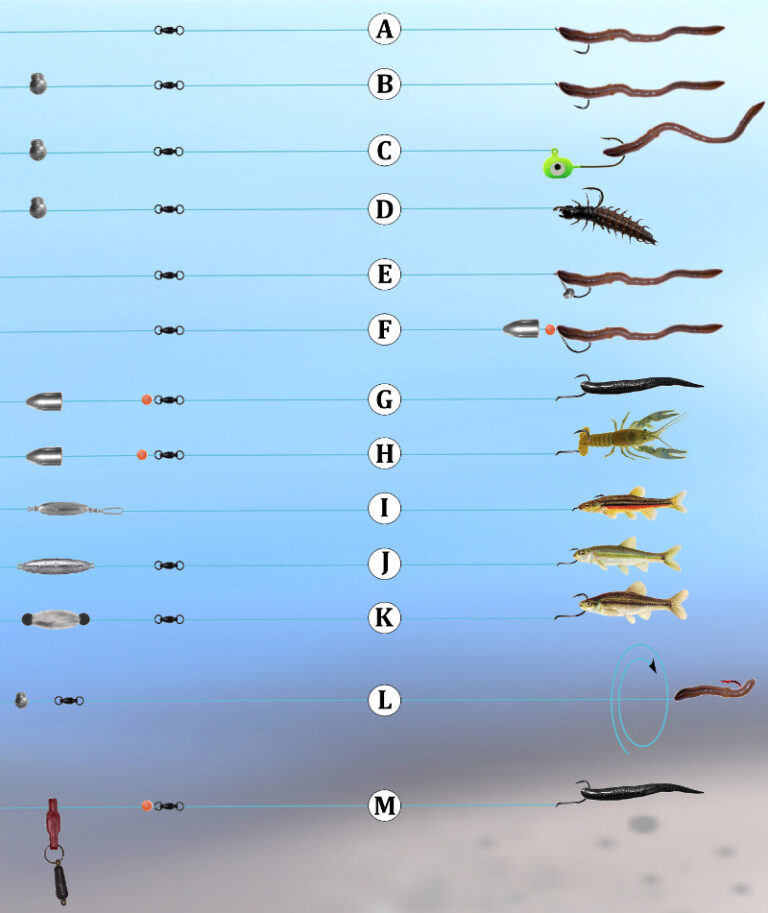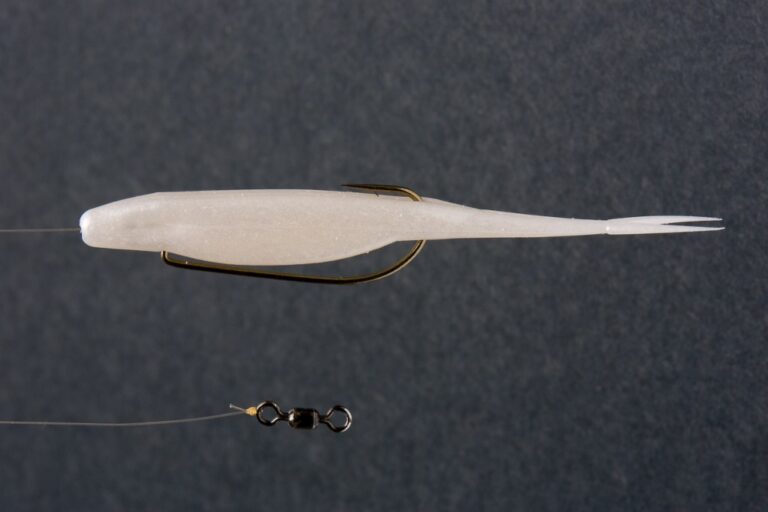What Causes a Pond to Turn Over

Pond turnover occurs when changing temperatures in surface waters, caused by the progression of the seasons, lead to the gentle, natural mixing of pond and lake waters. This mixing can result in the displacement of oxygen, nutrients, and other substances throughout the water column.
Causes Of Pond Turnover
Pond turnover can occur due to seasonal temperature changes. During summer, warm surface water stays separate from cooler deep water, creating a stratified layer. Rapid temperature changes in fall can lead to the mixing of the layers. This turnover process brings deeper, nutrient-rich water to the surface, affecting the overall pond ecosystem. It’s important to consider aeration methods, such as bottom diffusers, to prevent turnover and maintain proper oxygen levels for fish survival.
Effects Of Pond Turnover
Pond turnover is a natural phenomenon characterized by the mixing of water layers in a pond. One of the effects of pond turnover is the depletion of dissolved oxygen. During turnover, the oxygen-rich surface water mixes with the deeper layers, which may contain lower levels of dissolved oxygen. This depletion of oxygen can lead to fish kills as fish rely on oxygen to survive. Additionally, the mixing of water layers can also result in an algal bloom die-off. Algal blooms, which can occur when there is an excess of nutrients in the water, are often sustained by oxygen produced during photosynthesis. However, when the water layers mix during turnover, the algae can be deprived of sunlight and nutrients, causing them to die off.
Preventing Pond Turnover
Pond turnover is a natural process that occurs in lakes and ponds. It happens when the water in the pond mixes, causing the temperature and oxygen levels to equalize throughout the water column. This turnover usually occurs in the spring and fall when the weather conditions change. During the summer, the surface water in the pond gets warmer, while the deeper water remains cooler. This temperature difference creates a stratification, with the warmer water sitting on top of the colder water. When the weather cools down in the fall, the surface water begins to cool, and eventually, the entire water column mixes or “turns over.”
However, pond turnover can have negative effects on the ecosystem. It can lead to oxygen depletion and the release of harmful gases, such as hydrogen sulfide, which can be toxic to fish and other aquatic organisms. To prevent pond turnover, adding aeration to the pond can be beneficial. Aeration helps to circulate the water, maintaining oxygen levels and preventing stratification. Additionally, monitoring weather conditions can help anticipate when turnover is likely to occur, allowing for proactive measures to be taken. By understanding the causes and implementing preventative measures, pond turnover can be effectively managed.

Credit: www.magnoliareporter.com
Signs Of Pond Turnover
Pond turnover is a natural process caused by changing temperatures in the water, which leads to mixing of the entire water column. The sulfur smell often associated with pond turnover is due to the release of hydrogen sulfide from the bottom sediments. Additionally, changes in pond color may occur, caused by the disruption of algae and other microorganisms in the water.
This process can be detrimental to fish, as it can lead to low dissolved oxygen levels and contribute to fish kills. To prevent turnover, pond owners can consider adding aeration systems, such as bottom diffusers, to promote vertical circulation and oxygenate the water column, preventing significant differences in dissolved oxygen levels.
Importance Of Understanding Pond Turnover
Pond turnover is a natural process that occurs in bodies of water, such as ponds and lakes. Understanding pond turnover is important for maintaining water quality and protecting aquatic life.
During the summer, the surface water of a pond becomes warmer than the deeper water. This temperature difference creates layers of water called stratification. In the fall, as the surface water starts to cool, it eventually equalizes in temperature with the deeper water. This causes the entire water column to mix or “turn over”.
Pond turnover plays a crucial role in maintaining water quality. It helps to distribute oxygen and nutrients throughout the pond, which are essential for aquatic life. However, pond turnover can also have negative effects. It can lead to algal blooms and low dissolved oxygen levels, which can be harmful to fish and other organisms.
To prevent turnover and maintain a healthy pond ecosystem, it is important to promote regular vertical circulation of water. One way to achieve this is by installing bottom diffusers, also known as bubblers, which help to aerate the water and prevent stratification.

Credit: magnoliafisheries.com

Credit: www.mossyoak.com
Frequently Asked Questions For What Causes A Pond To Turn Over
How Do You Prevent Turnover In A Pond?
To prevent turnover in a pond, install bottom diffusers or bubblers in deeper pond systems. These help promote vertical circulation and oxygenate the water column. Aeration systems, like adding atmospheric oxygen and mixing the water column, can also prevent turnover.
Additionally, consider maintaining a balanced ecosystem and monitoring water quality to ensure the health of the pond.
What Does It Mean If A Pond Turns Over?
Pond turnover means the mixing of water layers due to temperature changes. It can lead to oxygen depletion and fish kills. Prevent turnover by adding aeration or maintaining balanced water temperatures.
How Do I Keep My Pond From Flipping?
To prevent pond flipping, consider adding aeration to your pond. This will add atmospheric oxygen and keep the water column well-mixed. Aeration helps maintain consistent dissolved oxygen levels throughout the pond, preventing harmful fluctuations that can harm fish and other aquatic life.
Can Fish Survive A Pond Turnover?
Fish may not survive a pond turnover as it can cause low dissolved oxygen levels or toxic gases, leading to fish kills.
Conclusion
Pond turnover may seem like a natural occurrence, but it can have significant effects on water quality and aquatic life. Understanding the causes and consequences of pond turnover is crucial for maintaining a healthy pond ecosystem. By implementing preventive measures such as aeration, you can mitigate the negative impacts of turnover and ensure the well-being of your pond and its inhabitants for years to come.




